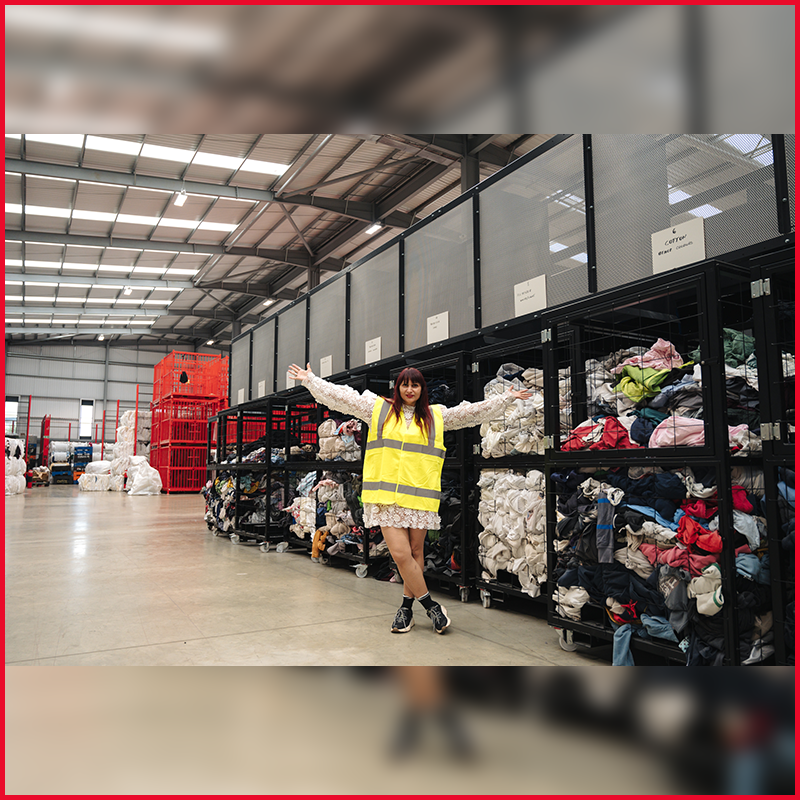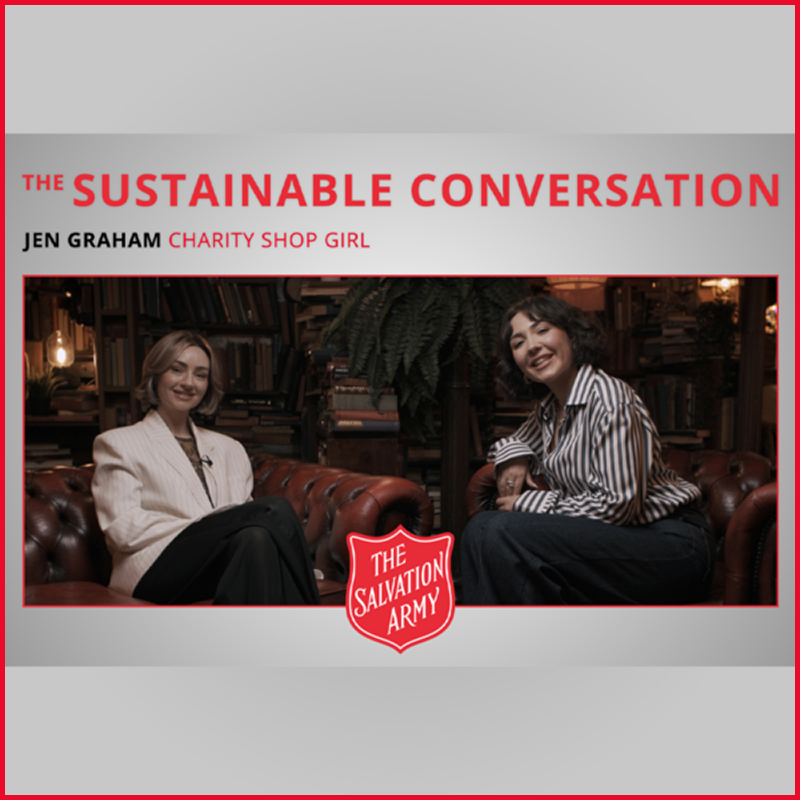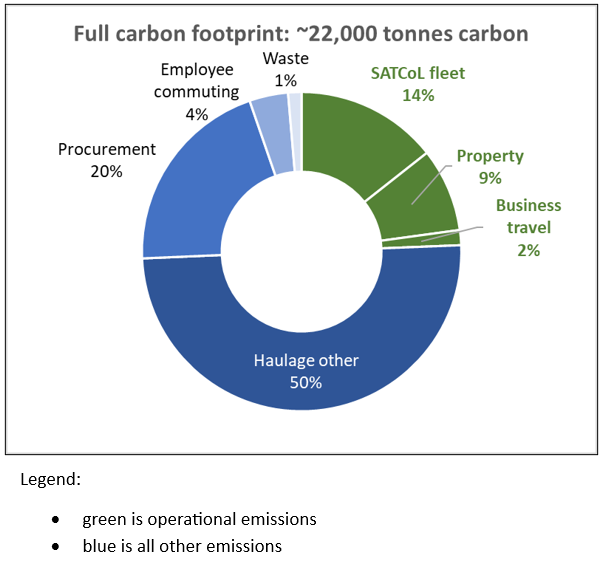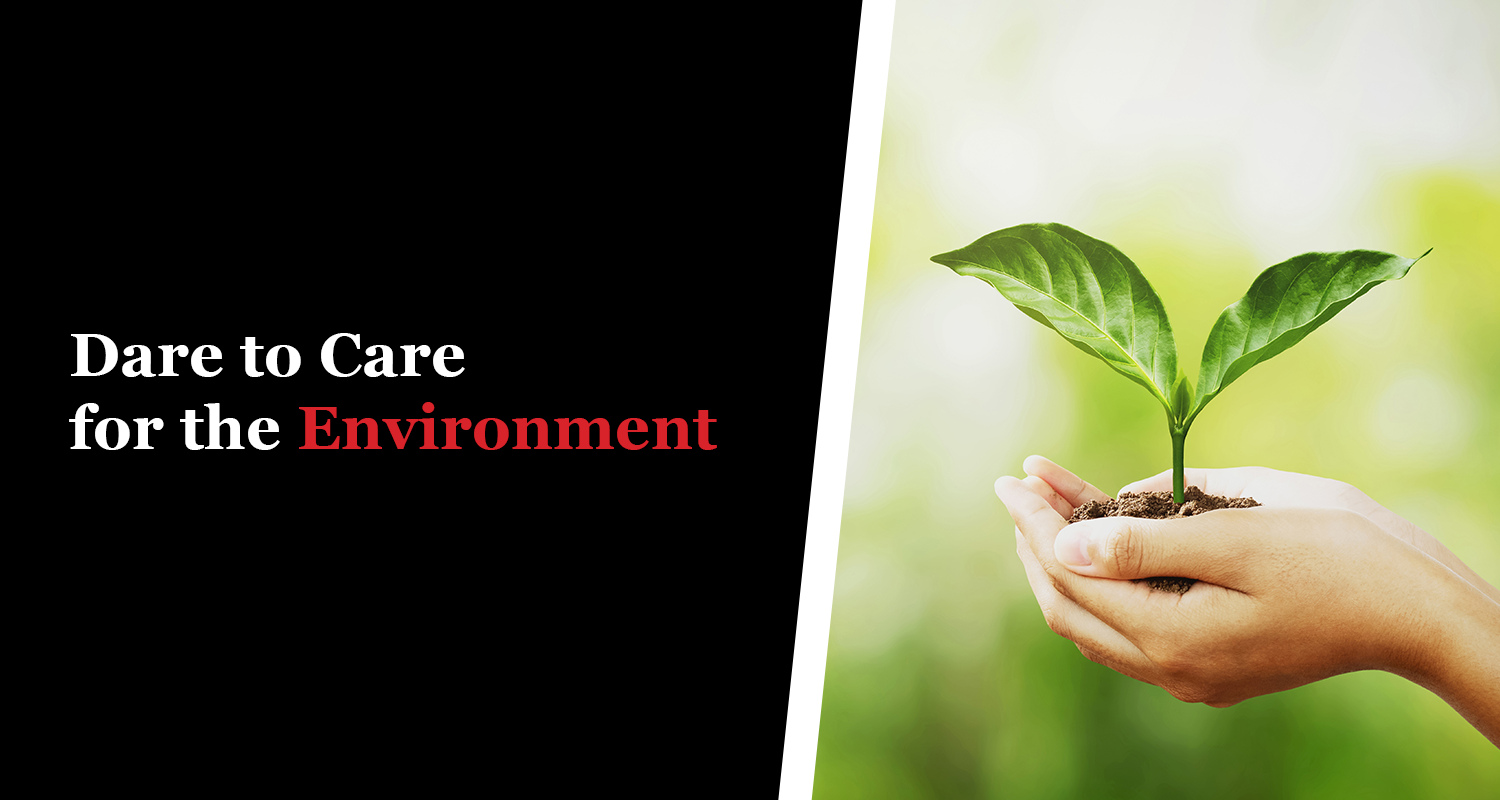Thank you for supporting the Salvation Army Trading Company and for helping us to reduce, reuse, and recycle over 250 million donated items every year!
We want to do even more of that, and our ambitious sustainability strategy sets out how we plan to extend the life of more products, innovate in textile-to-textile recycling and also how we plan to tackle our own emissions.
"How wonderful it is that nobody need wait a single moment before starting to improve the world" - Anne Frank
Our sustainability strategy
Giving even more products a new lease of life.
Targets
Enable reuse of 93,000 tonnes of textiles and other products by 2027 (a 35% increase in 5 years).
Enable customers to avoid 525,000 tonnes of carbon emissions by buying second-hand instead of new (also a 35% increase in 5 years).
Key actions
Encourage our customers to donate items and to shop second-hand.
Open more shops and add more clothing collection banks.
Develop new projects and partnerships to help us increase reuse.
Increase repair and upcycling of clothing, furniture, electricals and other items.
Case studies
 |
 |
 |
Game-Changing IT Scheme
|
Rebekah Roy joins SATCoL for Sustainable Fashion Week |
SATCoL’s First Repair Café |
 |
 |
 |
New Sustainable
|
SATCoL’s TRUST accredited
|
‘I haven’t flown for 10 years..’ – Great Big Green Week Feature |
Innovation in textile-to-textile recycling
Currently less than 1% of textiles is recycled. Our aim is to further enhance our role in the development and delivery of a circular economy over the coming years and being a key enabler of textile-to-textile recycling.
Targets
Position SATCoL as a key enabler of textile-to-textile recycling.
Key actions
Trial new technologies for sorting and preparing worn-out garments for recycling and develop our own Fibrefarm.
Support the development of different fibre recycling technologies.
Inspire the next generation of fashion students.
Collaborating with universities.
Case studies
 |
 |
 |
SATCoL Introduce game changing
|
World-first breakthrough in
|
Winchester School of Arts Student talks second-hand fashion |
Reducing our own carbon emissions
Our own carbon emissions are relatively small. Especially compared to the amount of carbon emissions we help our customers avoid through enabling them to purchase second-hand items, rather buying new. However, we need to play our part and have set ourselves some stretching targets.
Targets
Reduce operational emissions (own fleet, property and business travel by car) by 50% by 2030, and achieve net zero by 2035.
Achieve net zero for our other emissions by 2040.
What do we mean by net zero? We will reduce our emissions by at least 90%, in line with the criteria of the Science Based Targets Initiative's Corporate Net Zero Standard.
Subtargets
All stores and donation centres to be zero carbon by 2027.
30% of van fleet electric by 2027.
75% reduction in emissions from business travel and employee commuting by 2030.
Send zero waste to landfill by 2025 and minimise operational waste.
Ensure our key suppliers also have carbon reduction plans in line with science.

Case studies
- Fleet electrification
- CCD Scotland rail project
- Colleague Triple Bottom Line training modules

